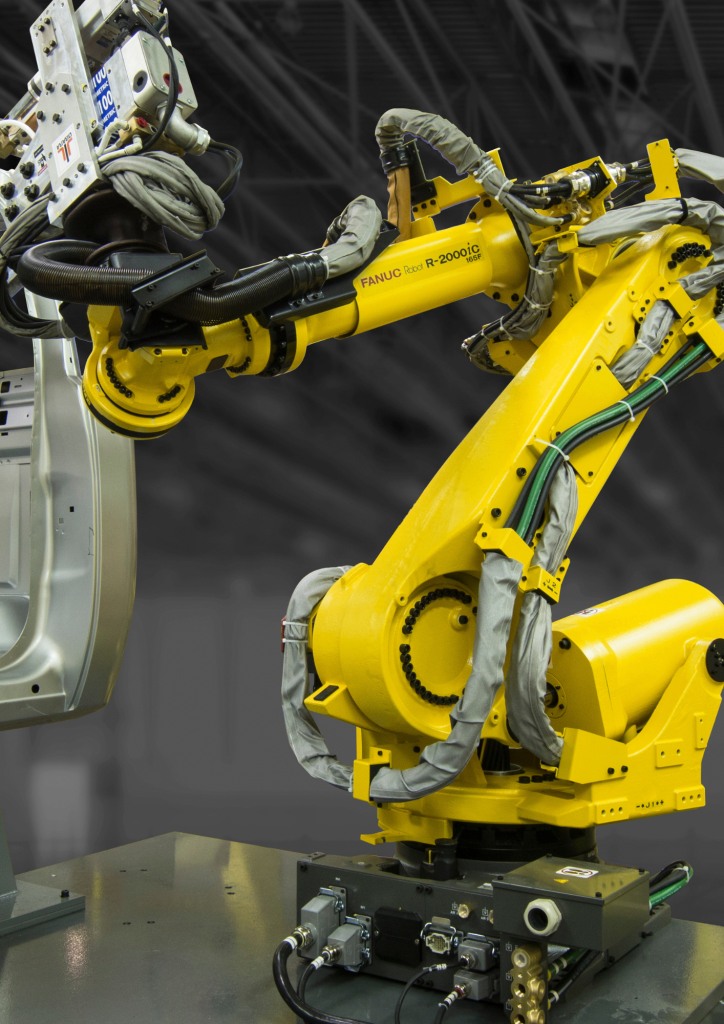Robotic arms have revolutionized manufacturing, combining precision, safety, effectiveness, and other features that were previously unimaginable. Robot arms are mechanical marvels that have become essential in many industries around the world. They were created to lower operating costs and ensure high-quality standards. Integration of robotic arms in the production lines allows manufacturers to not just cut costs, but also increase worker safety and efficiency. Let’s examine how these groundbreaking machines are changing the industrial landscape.
The primary force behind the increase in global robotic arm use is cost-efficiency. Factories have to constantly work to minimize production errors, decrease production waste, and cut down on the risk of workplace accidents. Robotic arms are designed to address these issues. Robots can eliminate costly errors and decrease the amount of raw materials, by performing repetitive tasks more precise than humans. Robots are used in large-scale industries like the automotive industry, to ensure the highest quality assembly. This quality of work can result in significant savings as less defective parts mean less work and waste.

Image credit: automatedsolutions.com.au
Security is a key element in the development of robot arms. A variety of manufacturing tasks like handling dangerous materials or operating large machinery pose risks to human workers. Utilizing robot arms, firms can keep workers out of hazardous environments. This lowers the risk of injuries at work. A robotic arm, designed as a kinematic chain of movable joints, mimics the functionality of a human arm but operates without the risk of physical harm. The machines come with robotic hands or end-effectors that can be programmed. They can perform tasks like grasping spinning and welding in conditions that make it dangerous for humans.
The versatility of robot arms is a game-changer in many industries. Robot arms can handle many different tasks. From automotive assembly to electronic production. They are programmable, which allows them to execute complex tasks that include tending to machines paint, or fiberglass application with unmatched accuracy. Robotic arms have transformed the process of palletizing in warehouses, automating it with speed and precision. Automation is not just efficient but also increases reliability since robot arms can work without tiring.
The rise of cobots (collaborative robots) that interact with human employees is one of the most exciting advances in this field. In contrast to traditional industrial robots that are confined to isolated cells. Cobots fitted with robotic arms are engineered to allow safe, seamless interaction with humans. A cobot’s robotic hand can be utilized for the heavy lifting and repetitive tasks in factories, which means that human workers can free to perform more demanding tasks. Cobots will stop or change their movement whenever they notice a worker close by.
The effect of robotic arms extends beyond safety and effectiveness to the very fabric of modern manufacturing. The capability of robotic arms to perform tasks with great accuracy like welding, material handling or assembly have made them indispensable in industries where safety is the top priority. In the automotive industry for instance robot arms are able to turn and move parts during assembly to ensure that they are aligned perfectly without the necessity of human intervention. Similarly, in electronics, robot arms manage delicate components with care, minimising the risk of damage and enhancing output quality.
As industries continue to evolve, robotic arms’ role will continue to grow. Their capability to reduce cost, increase safety and adapt to diverse jobs makes them a cornerstone of the future of manufacturing. Robot arms, which blend the latest technologies and human creativity they are not just tools, but partners in progress. They drive technological innovation and alter the way that the world is built.